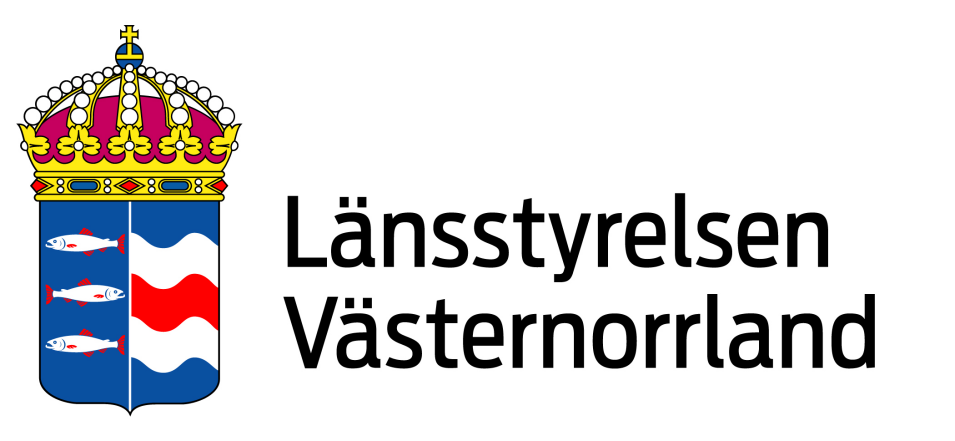Morphology studies on future biocomposite
The paper industry is facing major challenges due a declining market. Meanwhile, the electricity industry has other problems such as price and raw materials. Therefore, it would be a "win-win" situation for both industries utilizing fiber-based materials to create new advanced products with electrical functionality, such as supercapacitors for energy storage and solar cells.
By using renewable and environmentally friendly materials to develop these products, we also take our responsibilities for the energy situation in the world.
In supercapacitors and solar cells, the electrodes can be made of graphene or nanographite. This material must be stabilized in the solution otherwise it will aggregate and form larger particles. Cellulose nanofibrils (CNF) have shown promising results as a dispersion agent and in this project we will study the mechanisms and forces that control this. CNF has also proved to be useful as a binder in the electrode. Both the wet and dry strength was improved while the electronic properties was retained or even improved.
In this project, a fundamental study will be done to understand how the CNF and the graphene/nanographite build up the structure of this strong and functional bio-composite. The first step will be to examine the dispersion where the initial structure is determined and then do morphology studies of the electrodes using high resolution scanning electron microscopy. This requires, however, some method development.



